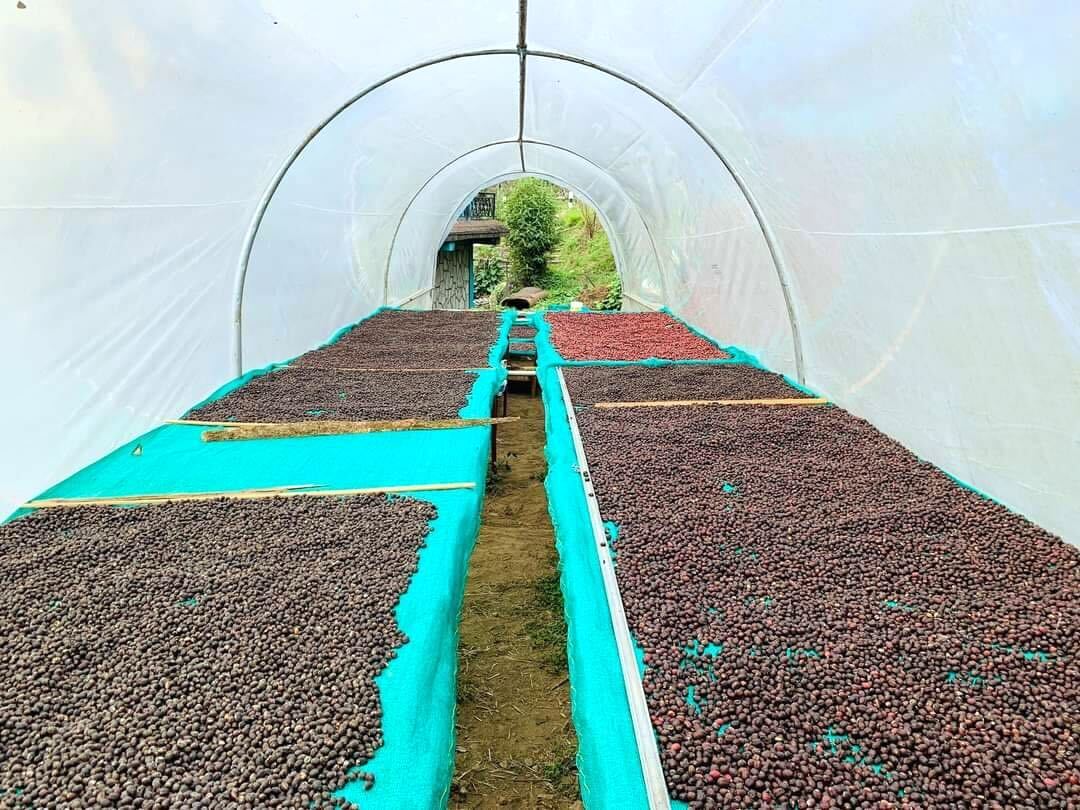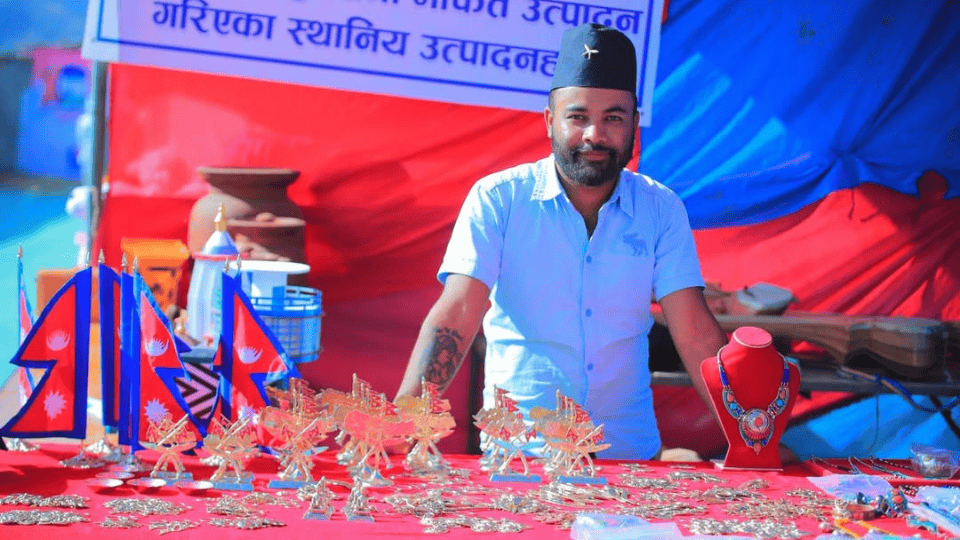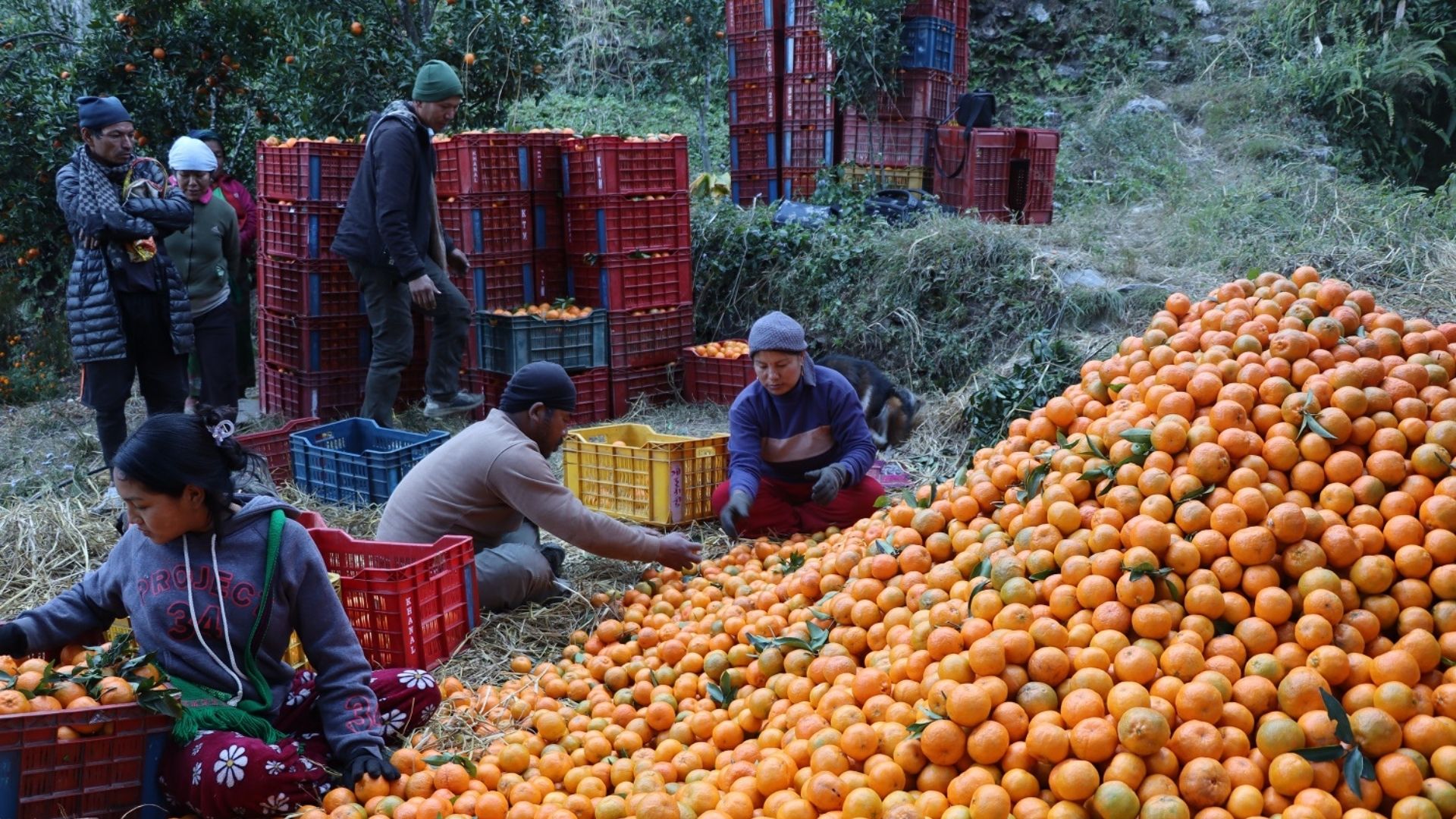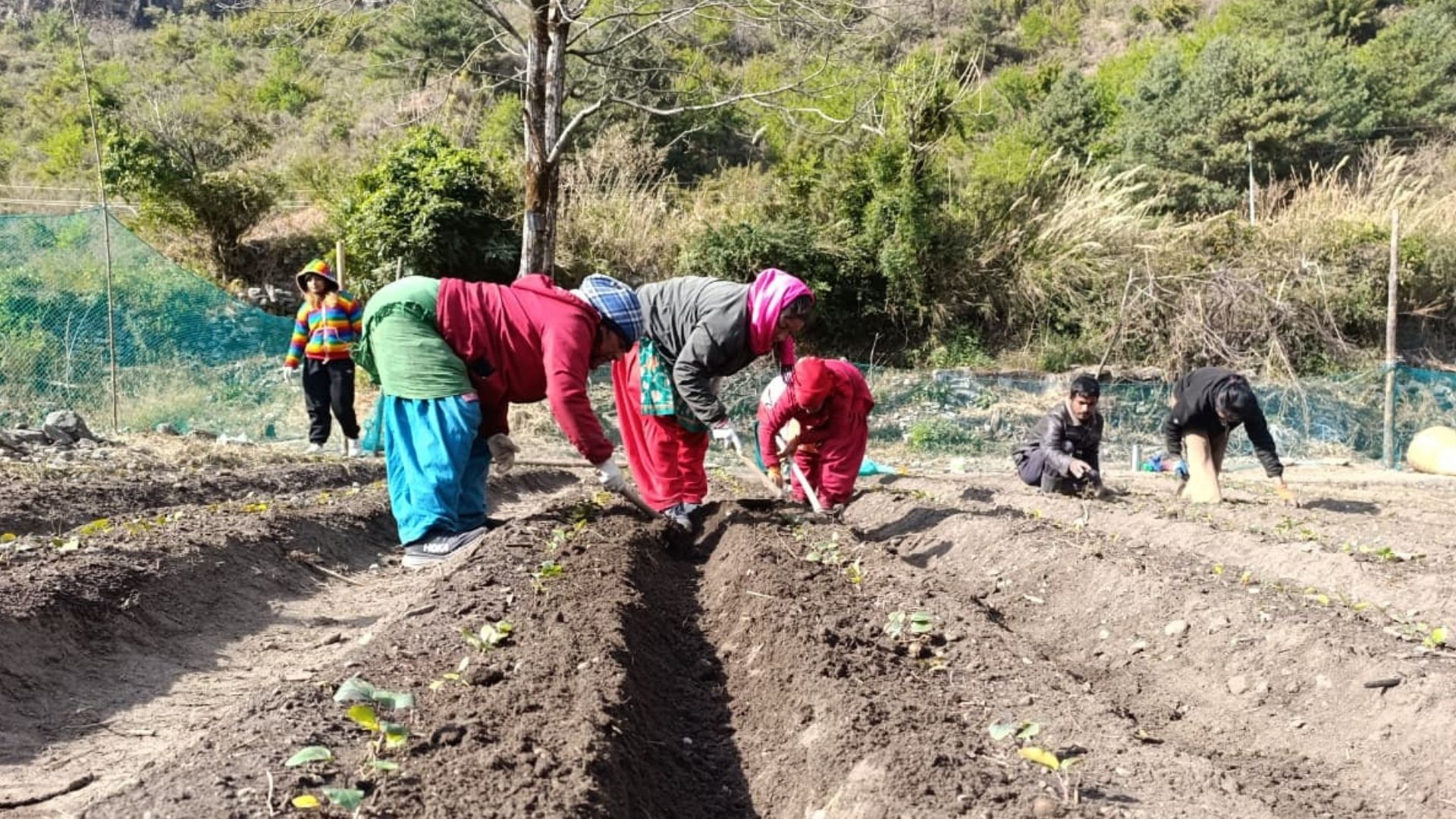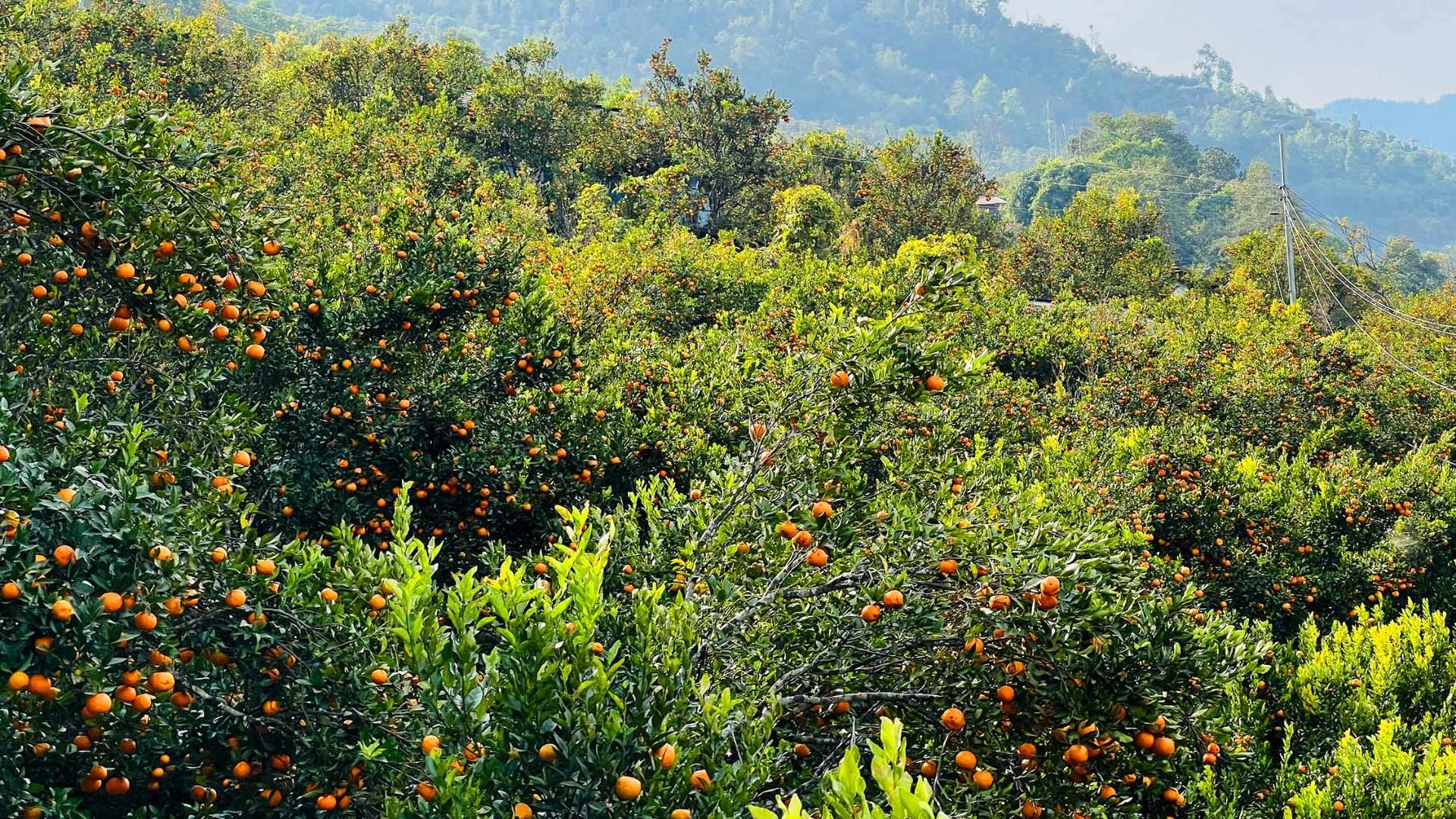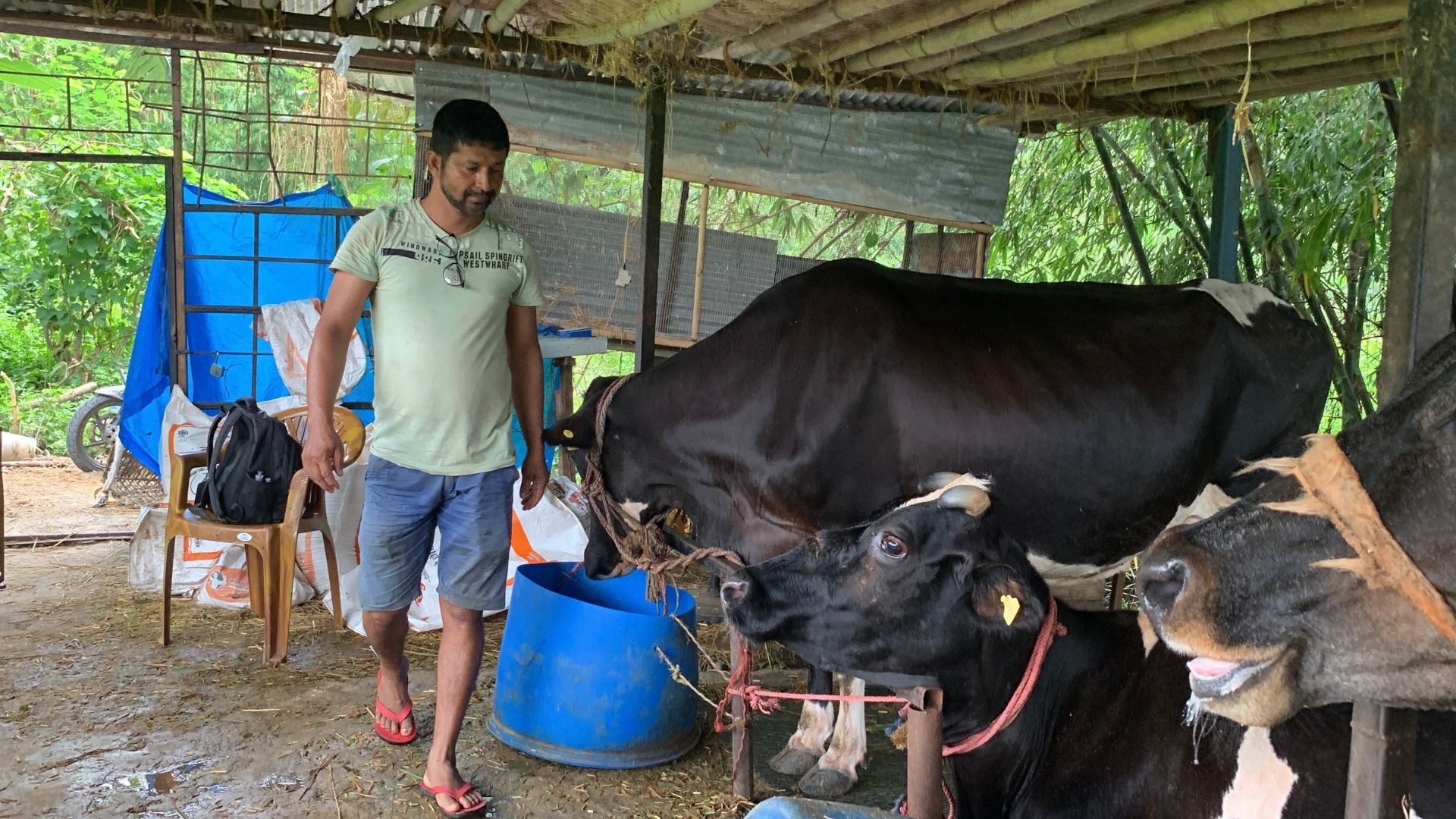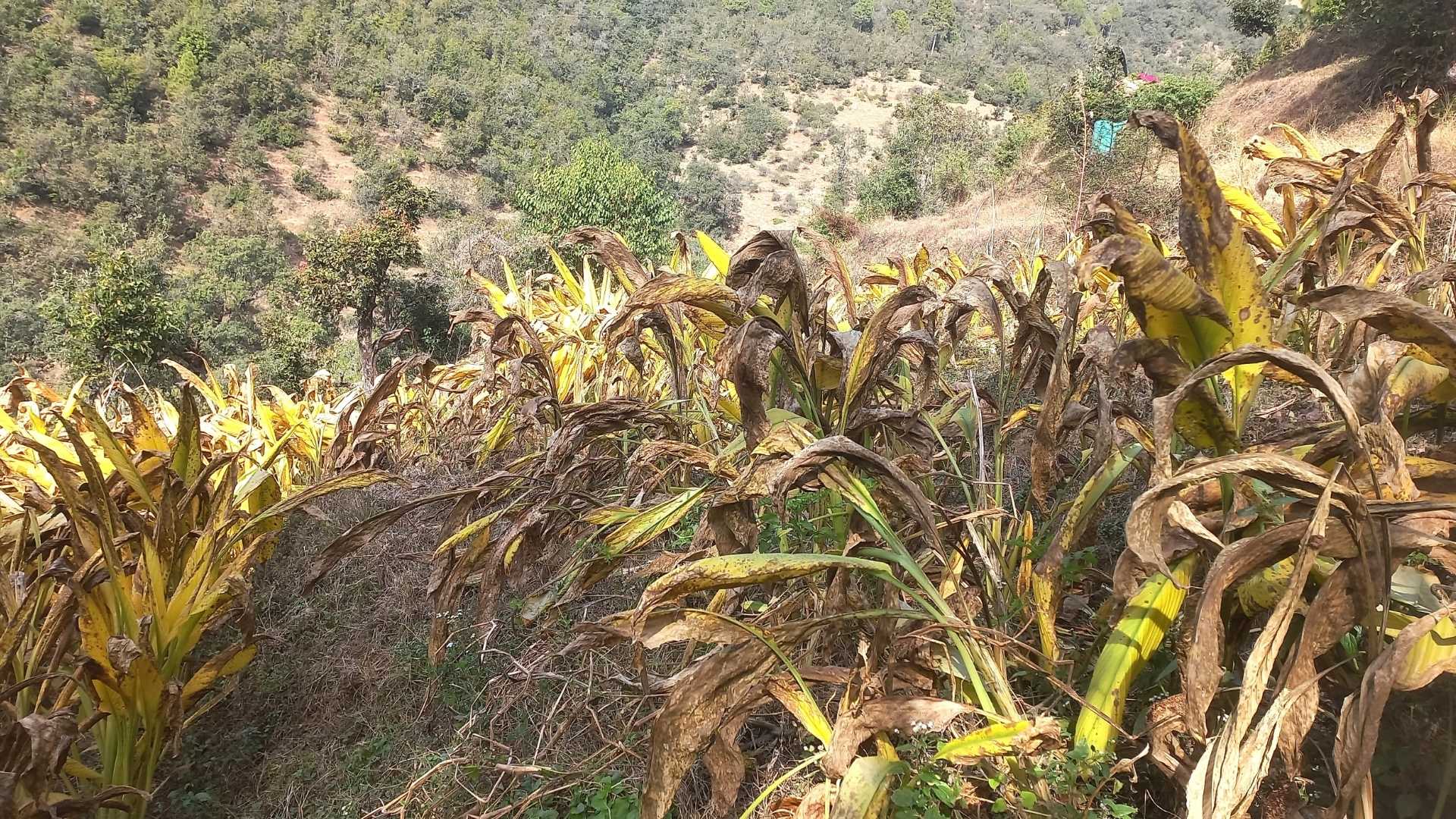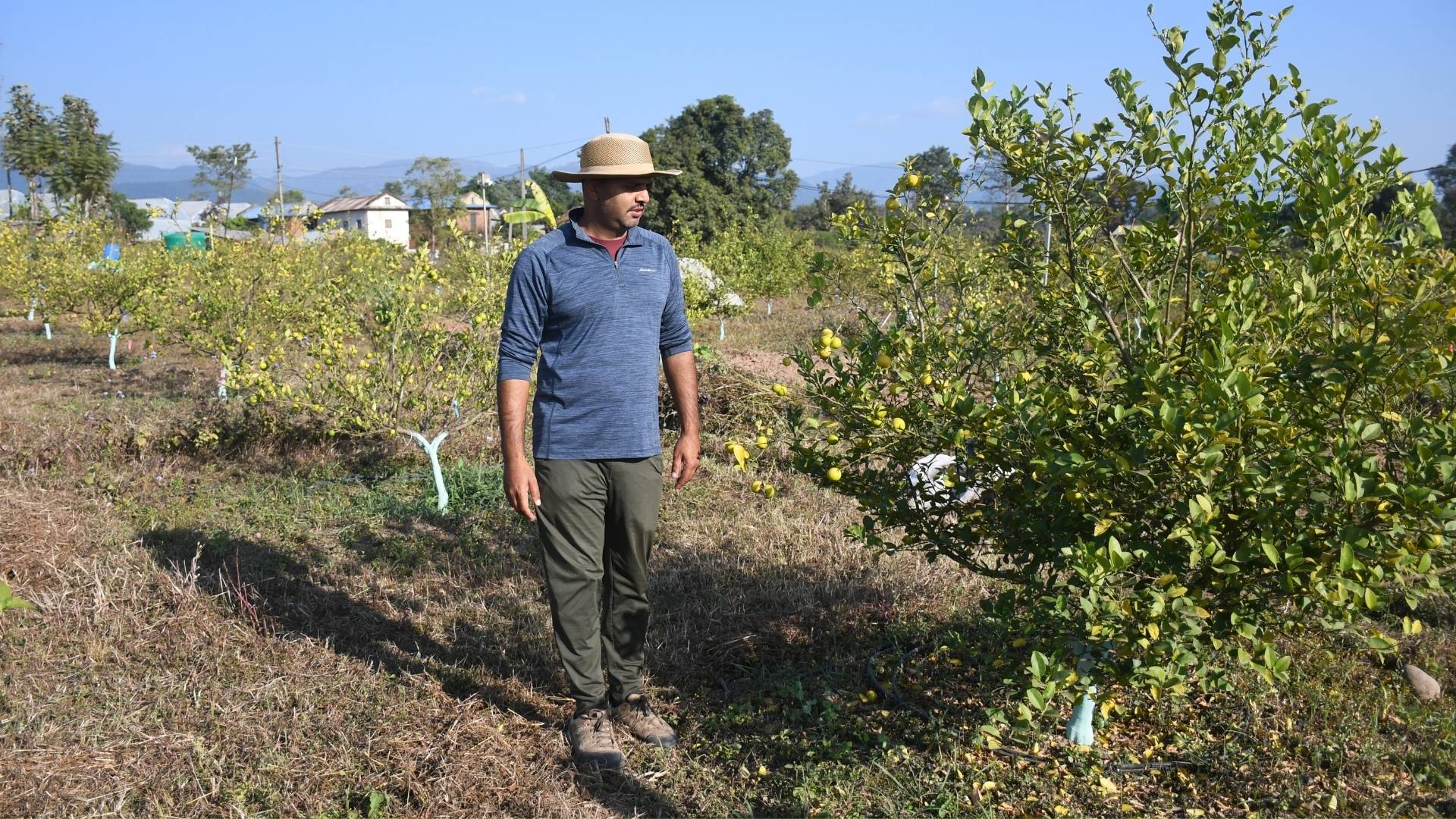Sleek independent cafes. Coffee haunts with roasters at their premises, and open libraries. Fancy eateries with inviting décor to small eateries. Shared workspaces. Small and big digital firms to traditional businesses.
Coffee is today served everywhere across Nepal’s cities, while coffee drinkers gather outside home and workspace along with their favorite cups, further driving coffee culture and coffee habits.
Growing coffee imports corroborate that coffee consumption is trending, and that it holds a promising domestic market.
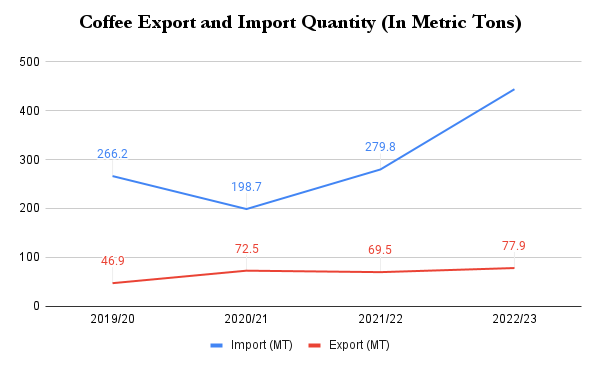
In the fiscal year 2022/23, Nepal imported 444.1 tonnes of coffee, a growth by 58.7% in imports compared to the previous fiscal year. Further, the domestic market consumes over 70% of the national production, says Nepal Tea and Coffee Development Board (NTCDB).
The demand is met by farming that has expanded to 44 districts, and across 31,340 small farmers. Among them, Kavrepalanchowk, Gulmi, Nuwakot, Sindhupalchowk, Kaski, Palpa, Ilam, Lalitpur, Syangja and Parbat were the leading ten producers in the FY 2020/21 contributing to almost two-third of the national production.
“Read here: A story of migrant returnee-turned-coffee entrepreneur based in Lumle to understand more about the business opportunities and challenges” |
Whereas in a bid to expand production capacity of other districts and enhance production, Arghakhanchi, Gulmi, Syanga, Palpa and Pyuthan are enlisted in Coffee Superzone under the Prime Minister Agriculture Modernization Project (PMAMP).
Meanwhile, the idea of serving Nepali highland coffee beans to domestic and foreign markets has found strong reception from established and new entrepreneurs leading to rise in Nepali coffee brands, cafes, and suppliers.
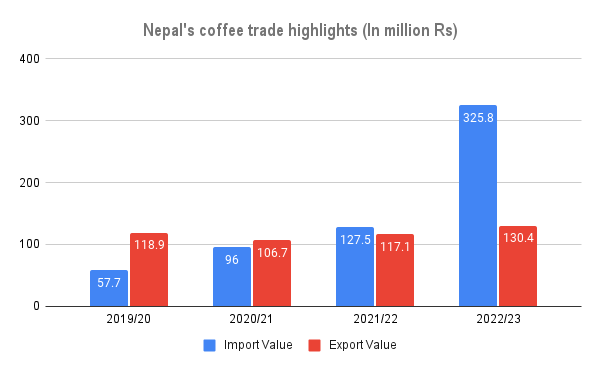
According to Nepal Sector Export Strategy for Coffee (2017), there is a growing allure of specialty Nepal’s coffee among specialty traders and roasters in North America, Australia, the Middle East and East Asia.
In the fiscal year 2020/21, Germany, Japan, Switzerland, Netherlands and Australia were the leading exports market for Nepal’s coffee, contributing to around 90% of the total coffee export earnings.
This is an excerpt from an article “Nepal’s coffee economy” published in the_farsight. However, we have updated the import and export figure up to fiscal year 2021/22.


